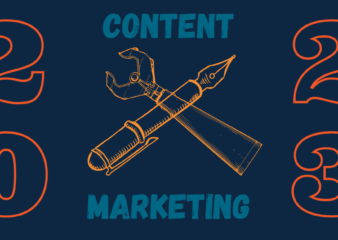
Most online marketers agree that multi-attribution modeling is a powerful and effective tool for measuring the performance of online ad buys and making decisions about future campaign investments. As we become more sophisticated with our media planning, media buying and optimization efforts, marketers need to ensure that creative is being included within our learnings. Science can get digital teams a great distance, but the integration between the data and creative, is an important part of the entire process.
When I lead the discovery in bringing a multi-attribution solution to Booyah Advertising, we knew the key facets necessary for a solid partnership: quality of data, data-driven analysis, built-in optimization, predictive modeling, automatic application of insights, just to name a few. We ended up building a solid relationship with Adometry, which a number of Booyah’s blue-chip clients are currently leveraging.
Here at Booyah, we work very closely with our clients to help establish creative strategy and ultimately develop creative components across their digital efforts. The insights we gather from our attribution tool will help drive how we adjust our creative and messaging to ensure it resonates with our target audience.
Leveraging our knowledge of the client’s creative strategy, as well as the insights gained from our attribution tool, there are a few key points that we feel are very important across the integration (creative & data) process:
- Campaign Strategy – Campaigns have different goals and objectives, whether it’s a focus on brand awareness, direct response, etc. With all the data that is available through the attribution tool, it’s important not to lose track of the overall intent of the digital campaign.
- Funnel Stage – Using attribution modeling, Booyah has the ability to determine which creative is working best within the audience’s purchase funnel. Developing buckets helps us understand which creative is more appropriate at higher, mid-level or lower stages of the funnel; which is important when optimizing campaign messaging. Knowing which creative works best with specific placements will allow marketers to meet their campaign goals.
- Re-Use Learnings – Whatever learnings are uncovered with the attribution tool, it’s vital to use those insights and build on current creative elements. A good example is for Display Re-Targeting campaigns. With sequential messaging, touch-point results are easily found with your attribution tool. Messaging can then be tweaked based on results.
- Over-Optimizing – With robust attribution tools like Adometry, marketers can easily find various avenues to optimize and areas to streamline costs. Marketers need to resist the typical optimization efforts to ensure the campaigns goals (i.e. branding campaigns) are hitting and meeting their objectives.
- Viewability – Now, with all this work to ensure that the campaign is reaching its objectives, the creative is resonating with the audience and it’s being presented at the right time, stay on your publishers to ensure the ad units are being viewed! Many marketers do use an ad verification tool, but Adometry has one built-into their system, so keep this in mind during your own discovery process…
Every agency/marketer will need to determine which multi-attribution tool will be the best fit for their company. But, as we move away from the last-click model and leverage these more sophisticated solutions, keep in mind that the science is great, but tie-back to your creative strategy and develop is necessary.
To learn more, read Inc.’s article about the importance of multi-attribution solutions – here.

